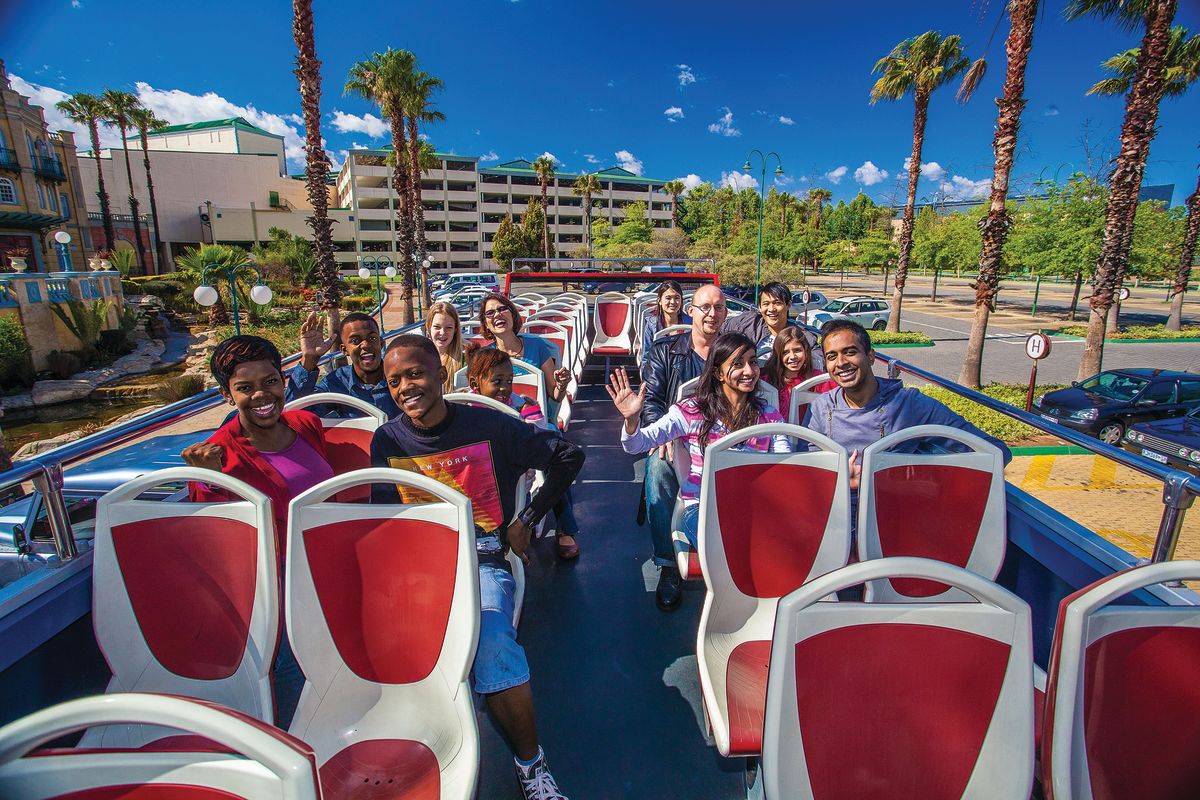Not known Facts About Johannesburg North Attractions
Not known Facts About Johannesburg North Attractions
Blog Article
Johannesburg North Attractions - The Facts
Table of ContentsGetting The Johannesburg North Attractions To WorkHow Johannesburg North Attractions can Save You Time, Stress, and Money.Johannesburg North Attractions Things To Know Before You Get This7 Simple Techniques For Johannesburg North AttractionsThe 5-Second Trick For Johannesburg North AttractionsThe Basic Principles Of Johannesburg North Attractions
The city owes its place to the existence of a a lot more priceless source: gold. The city expanded on the side of the Witwatersrand Main Coral reef, a below ground stratum of gold-bearing quartz-silica corporation that arcs for numerous miles underneath the Highveld. Many of the gold mines in the city stopped operation in the 1970s, yet in its day the Witwatersrand gold sector represented more than 40 percent of the globe's annual gold manufacturing.Johannesburg has a pleasant climate. The city takes pleasure in about eight hours of sunshine per day in both winter season and summer season.
What rain the city receives falls nearly specifically in the summer season months, often in incredible late-afternoon electric tornados., where several homeowners still rely on coal for fuel.

Facts About Johannesburg North Attractions Uncovered
The balance of the city is occupied by whites. Lodging differs in personality and quality.
Physical growth, although somewhat restricted by transport, proceeded quickly as immigration to South Africa, and Johannesburg particularly, enhanced significantly. This issue was fixed in the 1930s when the automobile was introduced in automation to South Africa. Automobiles were, essentially, restricted to the well-off, and allowed them to relocate to the north of the city and commute right into the centre.
Most poor residential areas were combined, with inadequate blacks and whites cohabiting, although the wealthy suburban areas were generally booked for whites. This changed with the political election of the National Event in the 1948 political elections, who began to formalise the system referred to as apartheid. Apartheid formally designated which suburbs each race can stay in under the Group Locations Act.
The previous system of eleven phoned number regions was reorganised in 2006. Marshalltown, as seen from the top of the Carlton Centre. The M1 and M2 run behind the structures, and the southern suburban areas extend past the freeway border. The internal city of Johannesburg is situated within the city's Region F. The number of individuals living in the inner city on an informal basis is unknown, as lots of are prohibited immigrants. The unemployment, education, and age profiles of the area are all unknown, due to the problem of getting reliable information about the area.
Fascination About Johannesburg North Attractions
Centred on the CBD, the area includes the residential areas of Yeoville, Bellevue, Troyeville, Jeppestown, and why not try these out Berea to the eastern. To the west it spreads to Pageview (Johannesburg North attractions) and Fordsburg. There are tiny industrial parks to the south, such as City West-Denver and Benrose. Around 800,000 commuters pass through the central city each day, and it operates as a local buying node for site visitors from the southerly suburban areas. Yeoville and Bellevue have a mix of house buildings and solitary property systems on small whole lots. The region lies on a hilly divide that ranges from east to west. One of the most noticeable geographic attribute is Observatory Ridge, which is called for the big observatory located on it. The recreational spaces are no much longer used, as a result of protection issues.

Johannesburg Stadium, a training ground for both the Golden Lions and Orlando Pirates, is surrounding. The eastern suburban areas of Johannesburg are situated in the city's 7th [] and 9th [] areas. The location is likewise functionally integrated with East Rand border towns outside of the official border of Johannesburg, such as Bedfordview and Edenvale (both component of Ekurhuleni Metropolitan District).
All About Johannesburg North Attractions
The eastern suburbs are some of the earliest areas of Johannesburg, there are huge neighborhoods of Jewish and various other European backgrounds, the bulk of the population is English talking. There are three golf courses as well as a number of safeguarded ridges with viewsites.
Initially constructed to house male migrant employees, many have been enhanced as houses for pairs and family members. The suburb was not historically allowed to produce work centres within the location, so nearly all of its homeowners are commuters to other parts of the city.
Getting The Johannesburg North Attractions To Work
The residential locations in the northern suburban areas are primarily formal, with no substantial locations of informal housing, or real estate that does not have a permanent framework. This is a recognized area, there is a trend of content land use change from household to commercial, especially along primary arterial roadways and around recognized nodes.
Roads to the eastern and west are much less well developed, as there are no freeways travelling in that instructions. In the direction of the northern border of the city, the thickness of growth decreases, leaving big areas of untaught land around Midrand.
About Johannesburg North Attractions
The first suburb to the north of the inner city is Parktown, which is located on a hillside neglecting the central city and Hillbrow. see It has numerous affluent citizens and Edwardian-style mansions, as well as the Education and learning and Clinical schools of the University of the Witwatersrand. The big concrete Charlotte Maxeke Johannesburg Academic Healthcare Facility dominates the skyline of Parktown.
Report this page